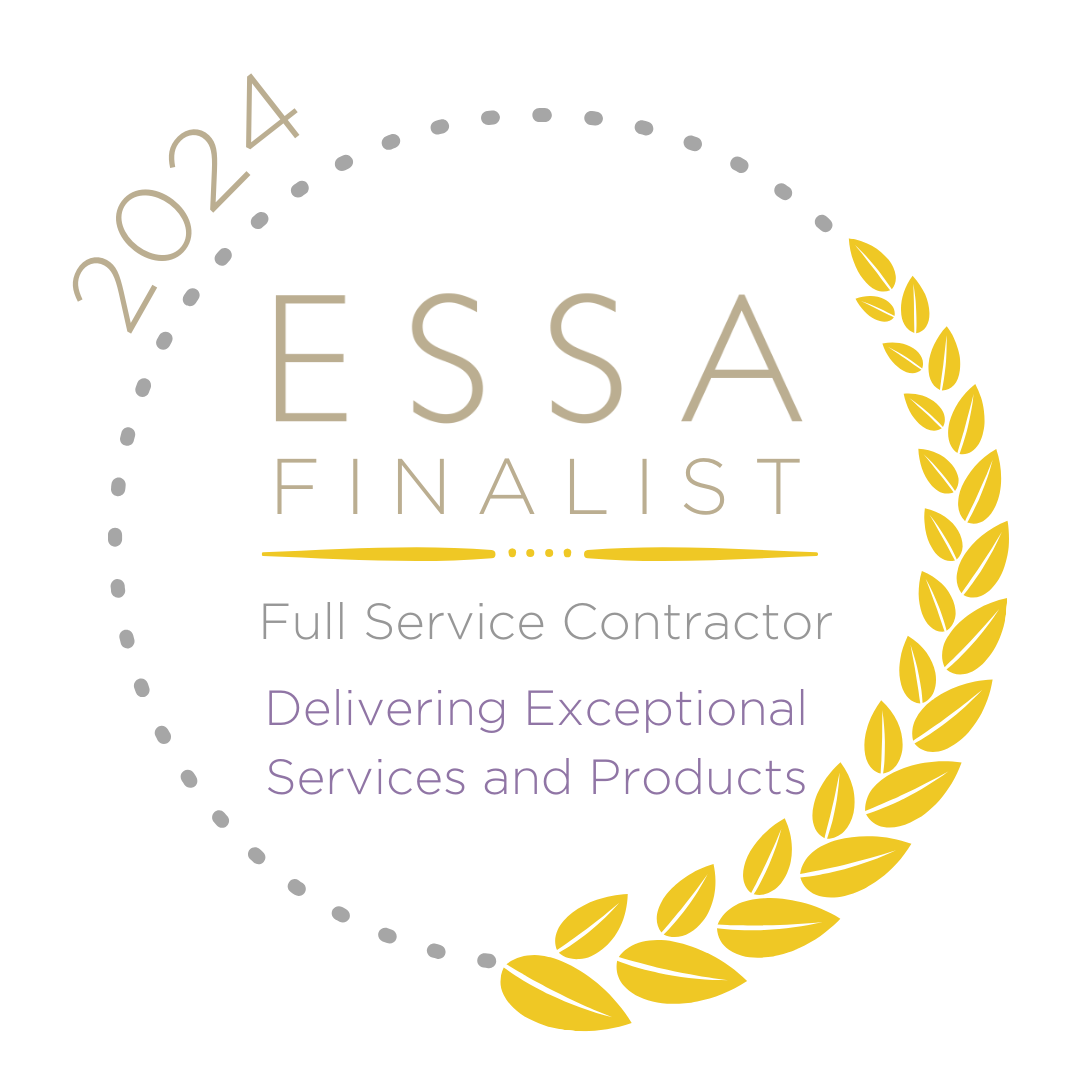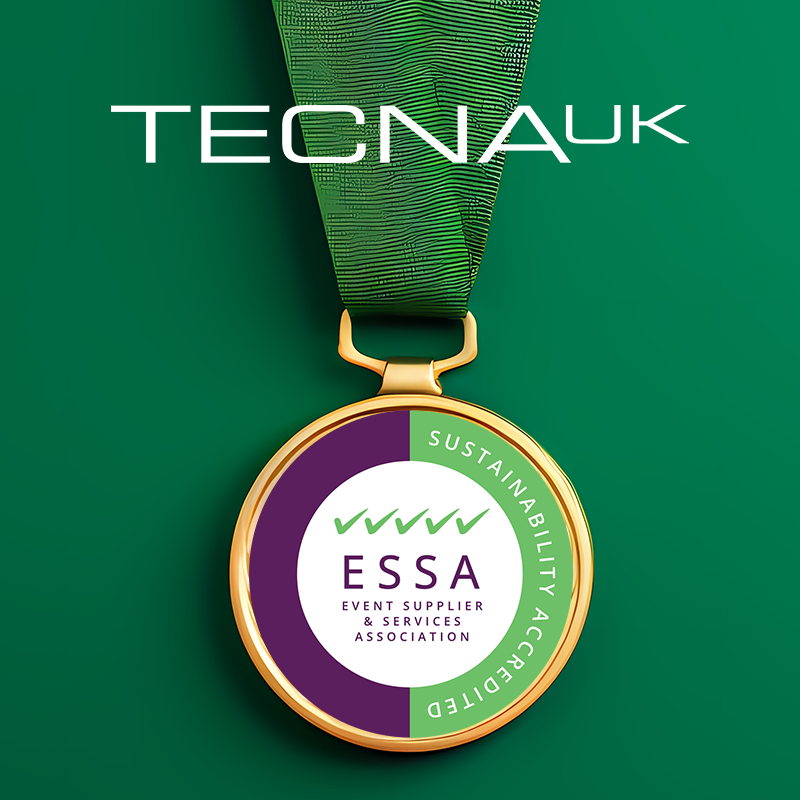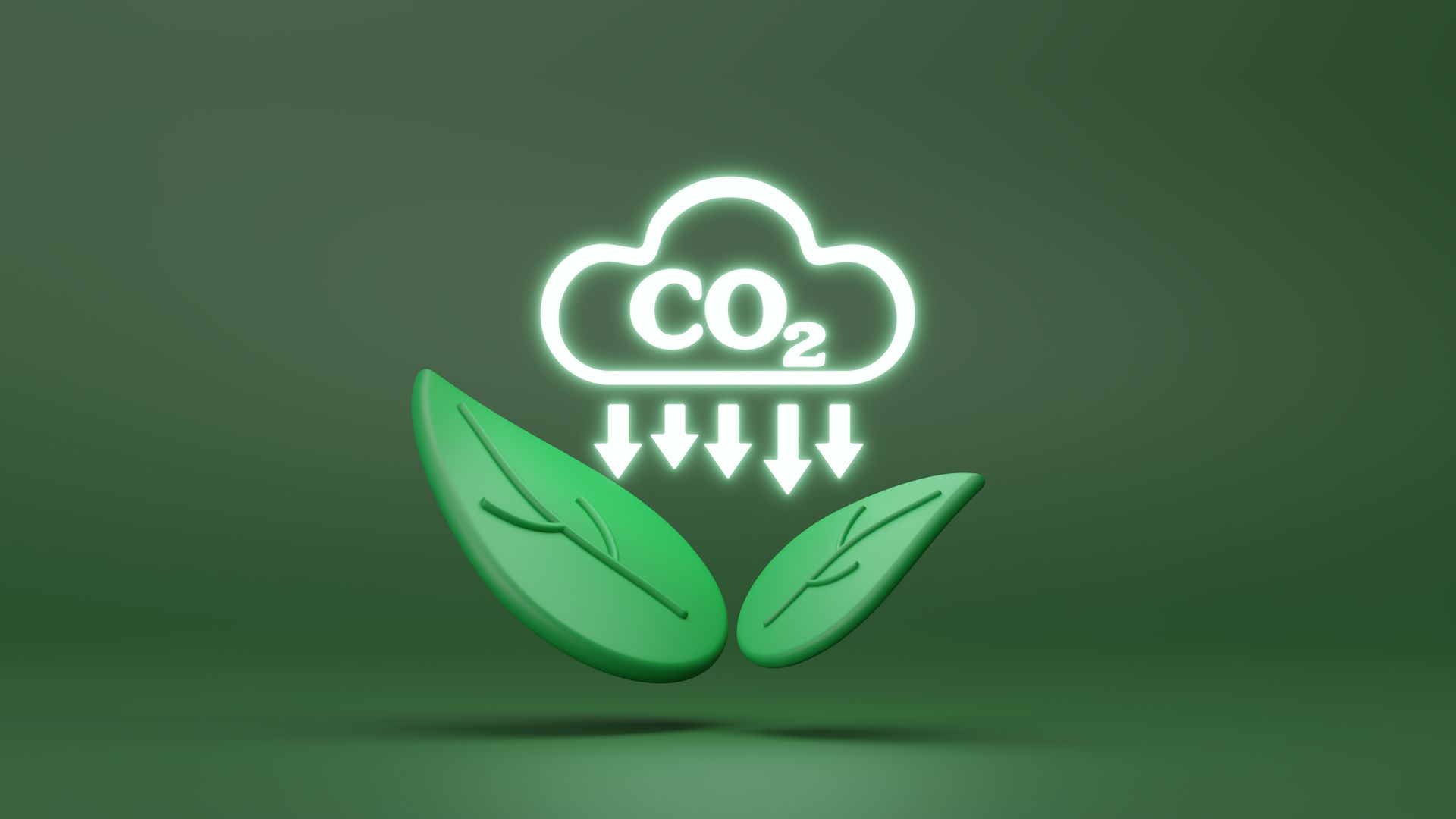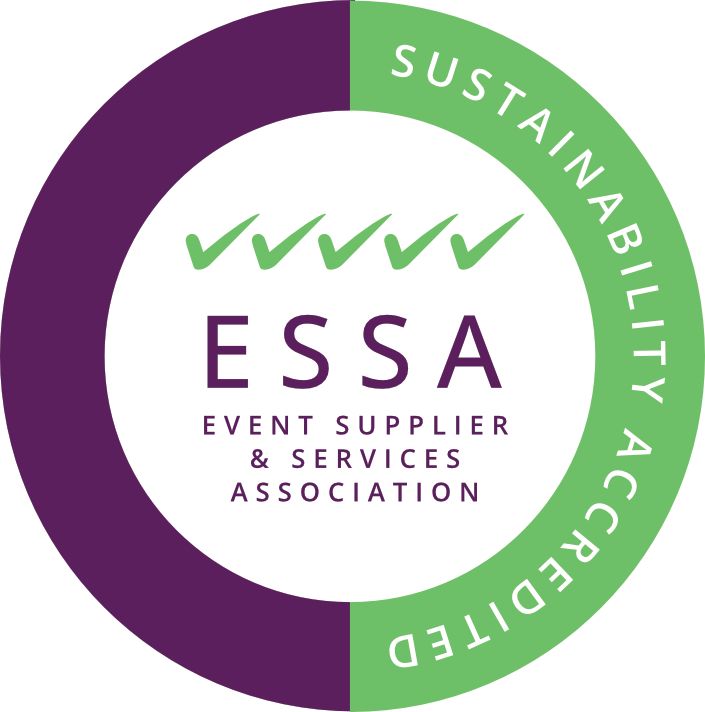The Power Of The Pop-up Shop
From fad to mainstream, the pop-up shop is the semi-permanent retail solution that has quickly become a mainstay for retailers large and small. They’re a huge deal. In fact, pop-up retail contributes an impressive £2.1 billion to the UK economy, a figure that both demonstrates just how popular the pop-up shop has become as a retail outlet and proves its viability as a profit turner for business.
But what is a pop-up shop? The pop-up shop comes under a type of retail practice known as flash retailing, and it occurs when a vacant storefront or other space is transformed into a short-term retail or sales space. Pop-ups have become an integral marketing and sales weapon in the retail arsenal, both for traditional brick and mortar stores and e-retailers, because their inherent expediency is popular amongst the masses now accustomed to fast fashion and retail.
That the pop-up shop is an attractive proposition for many retailers is undeniable. But why is another question. We take a look at the reasons why this strain of retailing has taken such a strong hold on the retail world and examine what makes it so great for business.
Flexibility To Change Up Design
Unlike the permanency of traditional flagships and high street stores, pop-ups are all about creating temporary retail spaces with the right experiences. It goes without saying, then, that the nature of the retail space design often follows suit. That is, without being tied down to a permanent space, retailers can freely change up their design: a certain display layout for one pop-up space, then a different for the next.
A modular display solution like T3 can be ideal for short-term, temporary retail spaces. Great for quick fire installs and pull outs or indeed full store fitouts. Because it is compact, flat-pack, reconfigurable and can be built and taken down without any tools, lots of different dynamic display configurations can be created quickly and easily and then taken down again in no time at all. Perfect for an evolving, dynamic, fast-fashion pop-up.
A Great Gateway for Start-Ups
Of 11.6 million new businesses created each year, a third use pop-up shops to help their business take off (EE). That’s a substantial chunk. Some of the most talked about retailers today got their start in pop-ups, Birchbox would be to name but one.
But it should come as no surprise that a huge portion of new businesses leverage pop-ups to help get their businesses off the ground. The very nature of pop-up retailing makes it a hyper flexible, cost-effective route to market. With a pop-up, emerging businesses can refine their offering, gauge customer tastes, generate buzz and brand awareness. Likewise, for the more established small business, pop-ups offer a way to bolster sales with new product launches and try out new ideas without the pressure that comes with a long-term lease.
Short-Term Leases for Lower Costs
As we touched upon above, pop-up shops are a seriously cost-effective retail solution. Business can reap all of the benefits associated with traditional retail spaces – and more – but without breaking the bank. Often pop-ups are much smaller than traditional shops, which means smaller square space and thus lower rental costs. Other overheads you can expect to save on include employee wages, inventory and utilities. In short: pop-ups will leave you with more bang for your buck.
Low Associated Risk
Picture this: you’re an e-retailer. You’ve only ever operated online but you’re looking to diversify and extend your offering to include physical retail stores alongside your digital platform. But you’re wary, cautious of the risks that come with opening a physical shop: the intimidating rental costs, high overheads, the declining high-street retail market, etcetera. It’s a minefield, and the pop-up shop will help you cross. Opting for this less permanent option, you can try out new markets; test the proverbial waters and gain traction without the associated risks.

Limited Availability Makes for Boosted Product Demand
Unlike traditional stores that stay open on a long-term basis, pop-up shops are often only up and running for a limited amount of time. And that drives demand – in a big way. With a much shorter window of time to gain access to exclusive promotions, retailers can create a sense of urgency, driving foot traffic into the makeshift, physical retail space.
Take social media star Kylie Jenner’s recent pop-up shop opening in Los Angeles. Teaming up with Shopify to take her makeup retail e-business offline, Jenner’s shop welcomed an eye-watering 25000 eager consumers through its doors. Rapper Kanye West, as well, opened a limited number of pop-up shops to great success. Indeed, eager fans queued for 15 hours to get their hands on the pop-up’s exclusive goodies.
Unique & Memorable Offline Experience
Consumer experience is everything. Happy, engaged consumers equal financial success – that’s business 101. That’s why pop-up shops have such positive potential. Pop-ups are all about creating a one-off, unforgettable and interactive experience for consumers that leaves a positive brand image in their mind. There’s a lot more room for bold and creative engagement, as we’ve seen from some of the biggest retail brands.
Magnum, the confectionary brand, opened up a Pleasure Store in Covent garden. The pop-up shop, which encouraged consumers to experiment and create their own Magnum using a range of dipping chocolates and toppings, received an overwhelmingly positive reception. Consumers loved the opportunity to interact with the product in a new and intriguing way.
Capitalise on Holidays
Plan your pop-ups around annual and seasonal holidays to maximise traction. Pop-ups are magnets for seasonal shoppers, with 61% of shoppers listing seasonal products as their main reason for frequenting pop-up stores. With this in mind, global wholesale giant Alibaba tested out 60 pop up stores across China for their Singles Day annual holiday. Likewise, Penguin Random House launched a pop-up store in Shoreditch to commemorate and capitalise on International Women’s Day along with the promotional #LIKEAWOMAN hashtag.
Pop-up shops are without doubt a force to be reckoned with in the retail world and their benefits are ample. For the consumer, providing pop-ups is the perfect way to meet the unprecedented demand for fast fashion and retail. And on the flipside, for the business, pop-up stores mean low costs and risks and high flexibility, as well as a chance to tap into a $50 billion industry. It’s win-win.
Make sure you get the most out of your pop-ups and create a display environment that’s quick, easy and versatile. T3 is our innovative display solution, engineered to work perfectly within the pop-up environment, as well as other retail environments.
Why not explore more? Find out how to win at experiential marketing.
Author
James Longley
Managing Director, Tecna UK
James has over 15 years of experience in the events industry, and has been with Tecna UK since 2008 - working in most departments of the business, most recently as Growth & Acquisition Director. He leads the company in creating engaging and memorable experiences that exceed needs and expectations, ensuring each service offers the best results for clients.
Copyright © 2023 All Rights Reserved by Tecna UK Ltd Registered Company Number: 06459394












